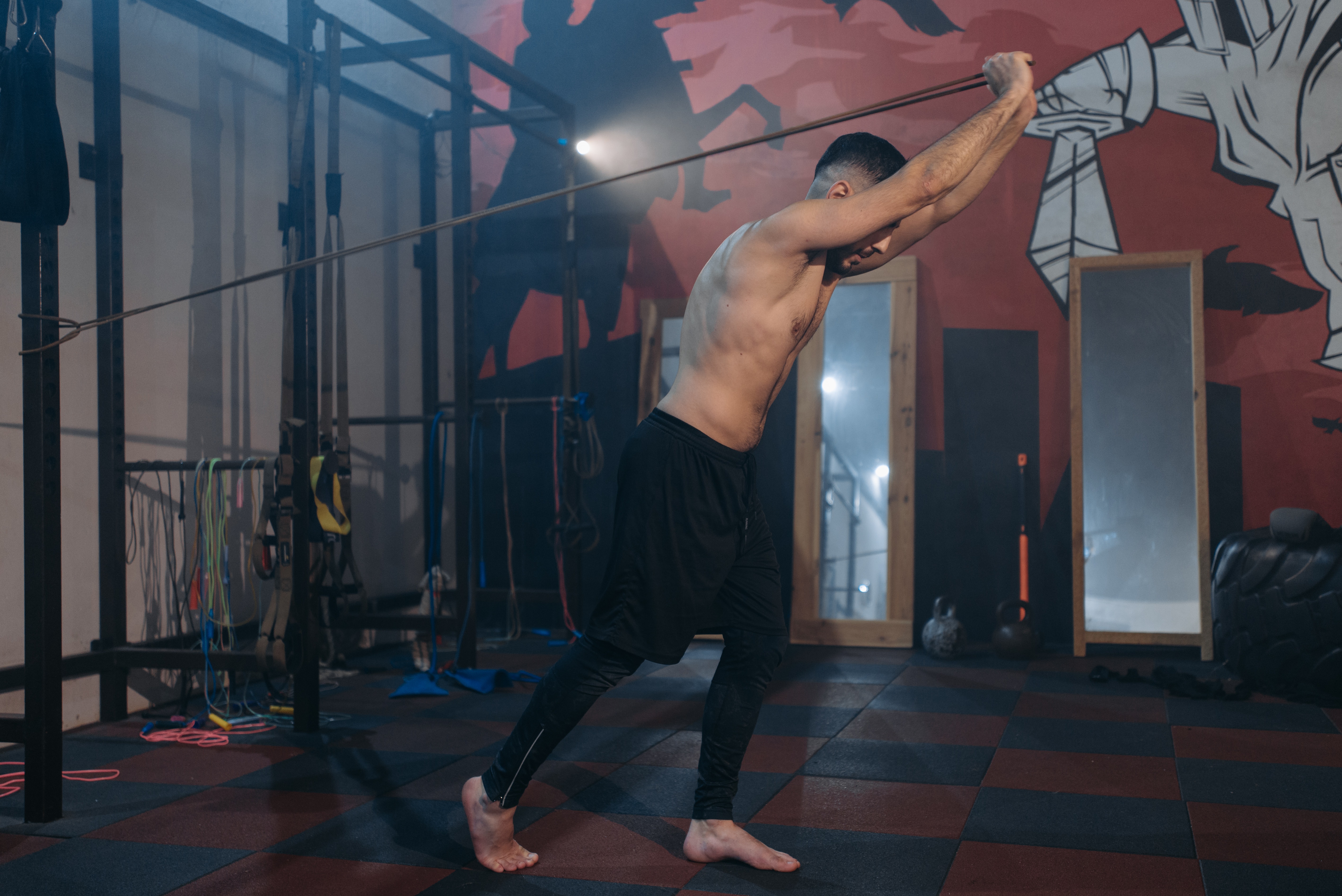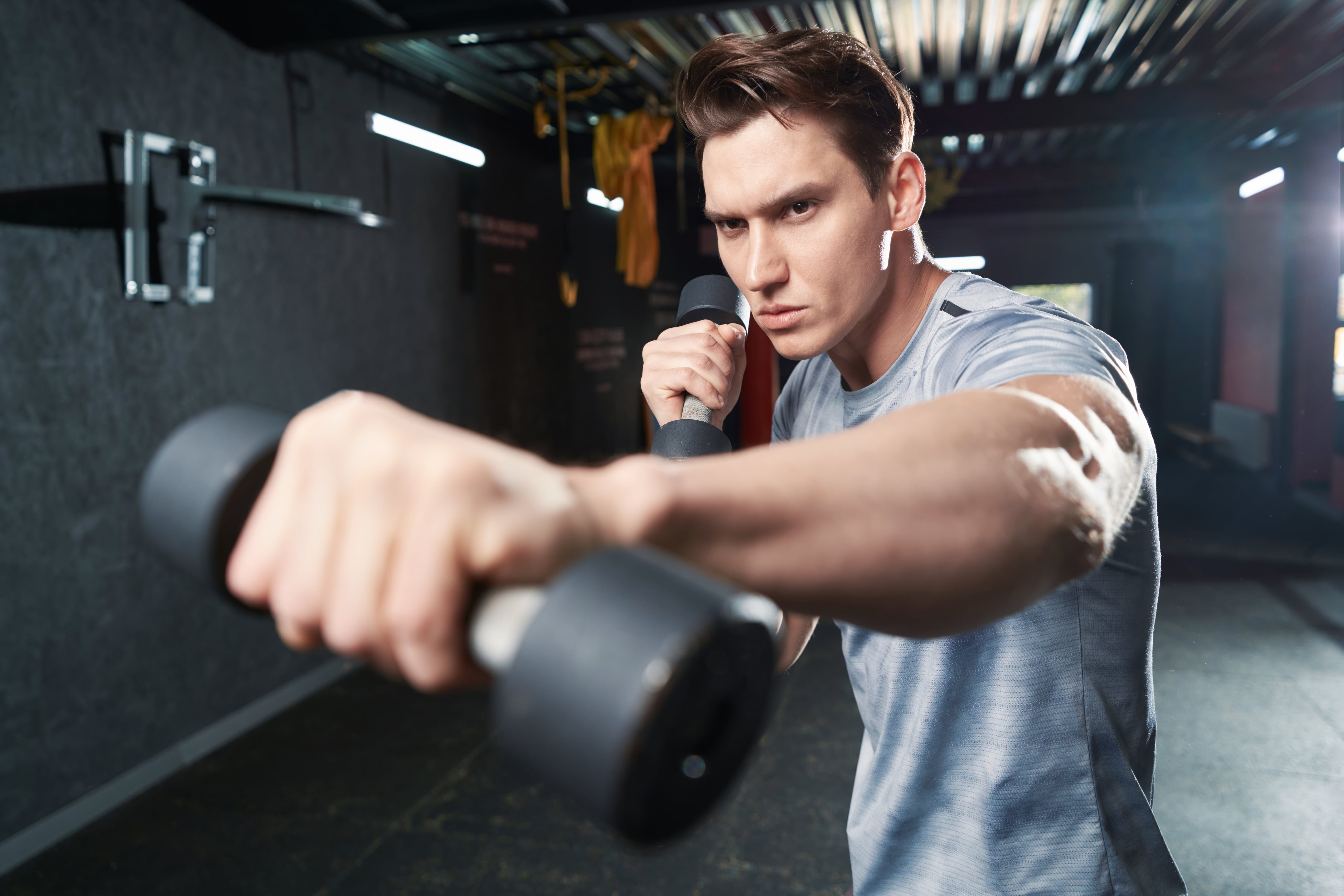Functional Patterns: The Training System that Promises Gains Without Pain
Over the last decade, personal training, which was once accessible exclusively to celebrities and professional athletes, has surged in popularity. This is particularly apparent in a post-pandemic society, where physical and mental welfare is the number one priority for many.
Personal training teaches discipline and accountability, both of which are essential for reaching fitness goals. It helps clients stick to their training schedule while also providing expert advice on how to live a healthy, practical, and sustainable lifestyle. In 2022, finding a personal trainer comes with very little difficulty. It’s as simple as going to the local gym or scrolling through Instagram, just a little past the avocado on toast. While most people are aware of this, many are unaware of the number of fitness professionals that specialise in unconventional training methods, deviating from traditional cardio and weight lifting regimens. This article will explore Functional Patterns - a simple yet innovative form of personal training that respects human biomechanics and focuses on training humans based on their genetic biological features - as an example of this.
Life Then Vs. Life Now
Every living thing has an evolutionary blueprint. Sociologist, Physician and Professor of social and natural sciences at Yale, Nicholas Christakis, believes evolution has shaped our bodies, minds and societies. As a result, he argues that cultural and genetic evolution should not be considered as separate entities. This is a viewpoint shared by Functional Patterns (FP) practitioners, who believe the ability to adapt to our natural surroundings influences the quality of our health. They argue that modern civilisation’s imbalances have resulted in a disconnect from the natural order, driving many to live unhealthy, sedentary lifestyles. Whether you're working from the office or at home, driving or simply sitting on the sofa watching Netflix, poor posture and activity levels can harm the body and how it functions. Contemporary society’s shift towards socioeconomic processes has resulted in a loss of relative importance when it comes to the basic movements that were once necessary for survival. Personal trainers practising Functional Patterns argue the methodology codifies the human blueprint of biomechanical movement by correcting daily patterns. In other words, it aims to rectify harmful everyday habits.
Defining Functional Patterns & The Big Four Necessary For Survival
Founded by Naudi Aguilar in 2006, Functional Patterns is a training methodology that connects the physics of the natural world to health. It consists of strength and conditioning techniques that are based on intrinsic movement features. Individuals are trained in what were originally thought to be the most vital motions for human existence and survival - standing, walking, running, and throwing. Known as the big four, these functions form the basis of our biological blueprint.
Functional patterns fitness and exercise techniques are designed to optimise the big four human functions, to improve the entire movement spectrum. By educating individuals on how to exercise ‘functionally’, this method respects the evolutionary pattern of humans by reinstating the positive components of our evolutionary design that made us innately healthy.
How Functionals Patterns Work
Traditional strength training methods increase the risk of muscle and joint injury, which can have long-term repercussions on the body. Functional Patterns, on the other hand, combine fitness and function to train the body in a way that is compatible with human physiology and does not jeopardise health and function. It is an integrated approach to exercise that incorporates ideas from anthropology, kinesiology, biology, sociology, and physiology to achieve full-body strength development that standard training approaches cannot match.
Functional Patterns training involves performing integrated motion sequences under dynamic strain. This works to recreate muscle tensions that reflect regular myofascial force transfers that occur when humans walk, run and throw. Experts classify these motions as bipedal as they centre around the contralateral reciprocation of the arms and legs. If these movements are not performed with ease, the body believes it has a reduced chance of survival. Functional Patterns fitness and exercise strategies, therefore, work to improve these four human functions and thus, biology, by reminding us of our innate movements.
The Benefits of Functional Patterns Training
Practitioners of Functional Patterns believe that by treating the body as a whole and focusing on highly targeted and personalised activities, this style of training can significantly improve an individual's quality of life. The training system teaches people how to exercise without the aches and pains that come with traditional training methods. It works to reconnect fascial lines, restore neutral standing postures and gait cycles, improve athletic performance, and, most importantly, relieve chronic pain sufferers.
Rectifies Posture & Imbalances
When dysfunctional movement patterns are repeated regularly, the body begins to accept them as natural motions. This means that after a lifetime of bad posture, injuries, or adverse movement from poor fitness regimens, the human structure can become tensionally imbalanced. That’s where Functional Patterns can help.
Posture and structural integrity is at the core of functional patterns training. It replaces problematic movement patterns with functional ones, using a highly corrective process to address posture through the use of myofascial manipulation.
Muscle tissue becomes more malleable when it is used, making it more responsive to realignment methods, corrective training, and dynamic movement. Myofascial release is a self-massage method that helps to relieve tight muscles. It reduces improper movements that occur throughout the day, allowing the body to become more responsive to corrective exercise. Corrective exercises are specialised movements and techniques that can help repair imperfections and imbalances. This is done by building new muscle pathways to rewire old, imbalanced movement patterns and replacing them with more efficient ones. Using various techniques such as joint stacking, active spinal decompression, diaphragmatic breathing, and re-tensioning, training with Functional Patterns can put an end to improper posture and the pain that follows.
Helps Relieve Chronic Joint Pain
Each day, individuals engage in unhealthy behaviours that can anchor stress and cause pain, tension, and inflammation. Over time, these dysfunctions become second nature, resulting in chronic pain and poor athletic performance. The Functional Patterns methodology examines an individual’s movements to uncover the body’s malfunction and locate the source of discomfort. Training the body using natural motions and encouraging it to function as a whole, can help to restore proper rotation and, as a consequence, reduce or eliminate joint pain. After the source of pain has been identified, Functional Patterns training is then tailored to aid pain relief by connecting the muscles back together.
Functional Patterns is also effective in treating specific joint issues such as scoliosis since it can straighten a spine without the use of surgery. For this very reason, those suffering from joint ailments are increasingly turning to the technique for pain relief.
Improves Athletic Performance
According to Functional Patterns practitioners, a structurally connected body is capable of sustaining effective mobility based on human biomechanics. This translates directly into sports, walking, running, and throwing and can improve function and performance in a simulated fashion. Through strengthening body biomechanics, training with functional patterns can, therefore, enhance speed, stamina, flexibility, and power.
Improves Sleep
Many individuals suffer from chronic insomnia, which is characterised by difficulty falling or staying asleep, waking up too early, or having disturbed sleep several times each week. Engaging in FP training can help improve sleep for various reasons, including reducing symptoms of anxiety and depression, lowering the body’s temperature and realigning the biological clock.
Exercise reduces symptoms of anxiety and depression that can make falling asleep difficult. This includes anxiety, intrusive thoughts and stress. FP training can help alleviate these symptoms by generating endorphins, which improve overall sleep quality.
When engaging in exercise, the body’s core temperature fluctuates. It rises during activity and shortly afterwards, starts to fall. The dip in temperature is comparable to what happens when the body cools down during the evening, in preparation for sleep. The similarity of these patterns indicates to the brain that it is time to sleep. As Functional Patterns is a form of exercise, it can contribute towards this.
How Functional Patterns Training Can Help With Boxing
Boxing requires athletes to maintain a steady centre of gravity while executing powerful punches and moving quickly on their feet. This means that boxers must be agile, balanced and strong. Lifting heavy objects is often done in one plane of motion, which can put a strain on the body. Training with Functional Patterns can help boxers increase their physical strength and endurance, resulting in superior performance in the gym. As the body begins to perform more effectively, FP can help with increasing muscle mass.
Incorporating Functional Patterns into a training programme can improve a boxer's performance by teaching optimum muscle activation, timing, and accuracy in real-time, thus enhancing reaction speed and endurance.
The evolution of modern society has resulted in a misalignment between humans and basic movements that, historically, were crucial for survival. Functional Patterns offers a solution to this, presenting an advanced paradigm of functional fitness activities geared at those seeking result-oriented biomechanical solutions.
Functional Patterns approaches health holistically, sustainably promoting health and regeneration. It is becoming the new industry standard for human health and fitness, owing to a rising number of case studies from clients and practitioners, as well as academic research into the subject.
As a blueprint for improving movement, FP seeks to relieve all forms of physical limitation, distortion, and discomfort, including bad posture, scoliosis, back pain, sciatica, frozen shoulder, and joint disorders. It is a training programme that has been built by humans for humans and is appropriate for all, regardless of body shape, athletic ability, disability or level of fitness expertise.
If you are wanting to take ownership of your body mechanics and pain, then Functional Patterns is for you. Check out the training programme which claims to offer all the gains without any pain.











